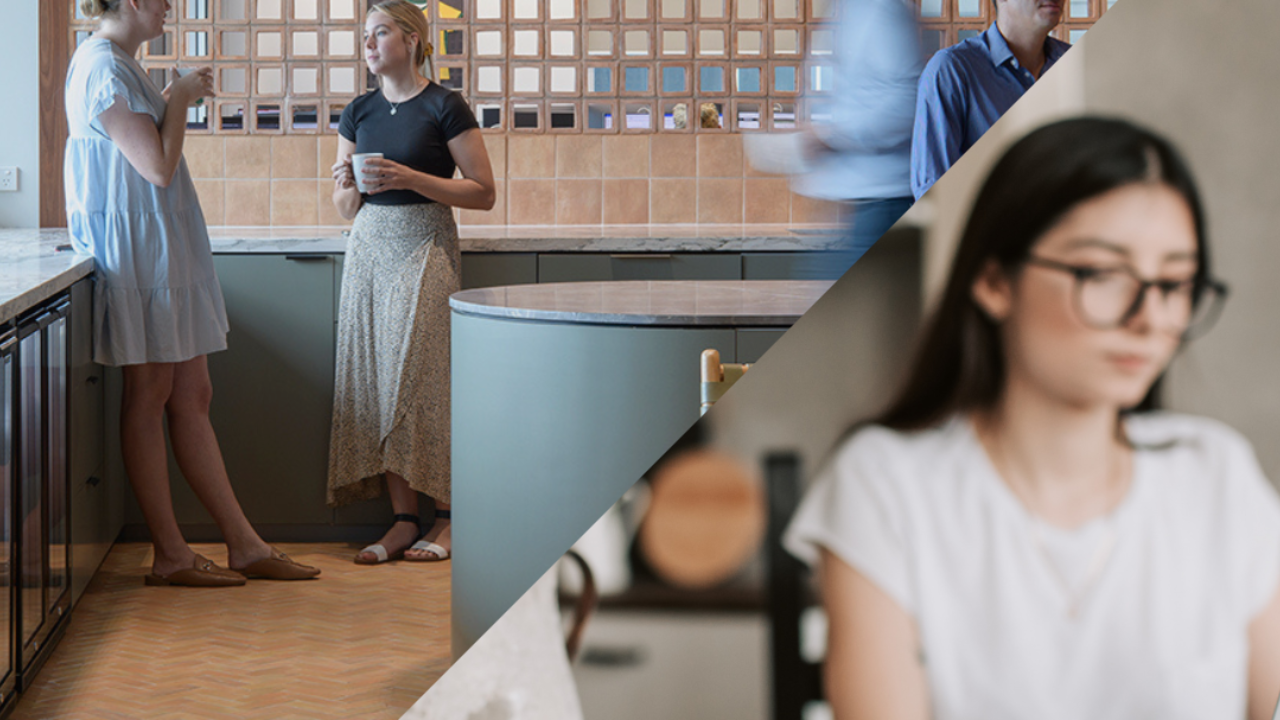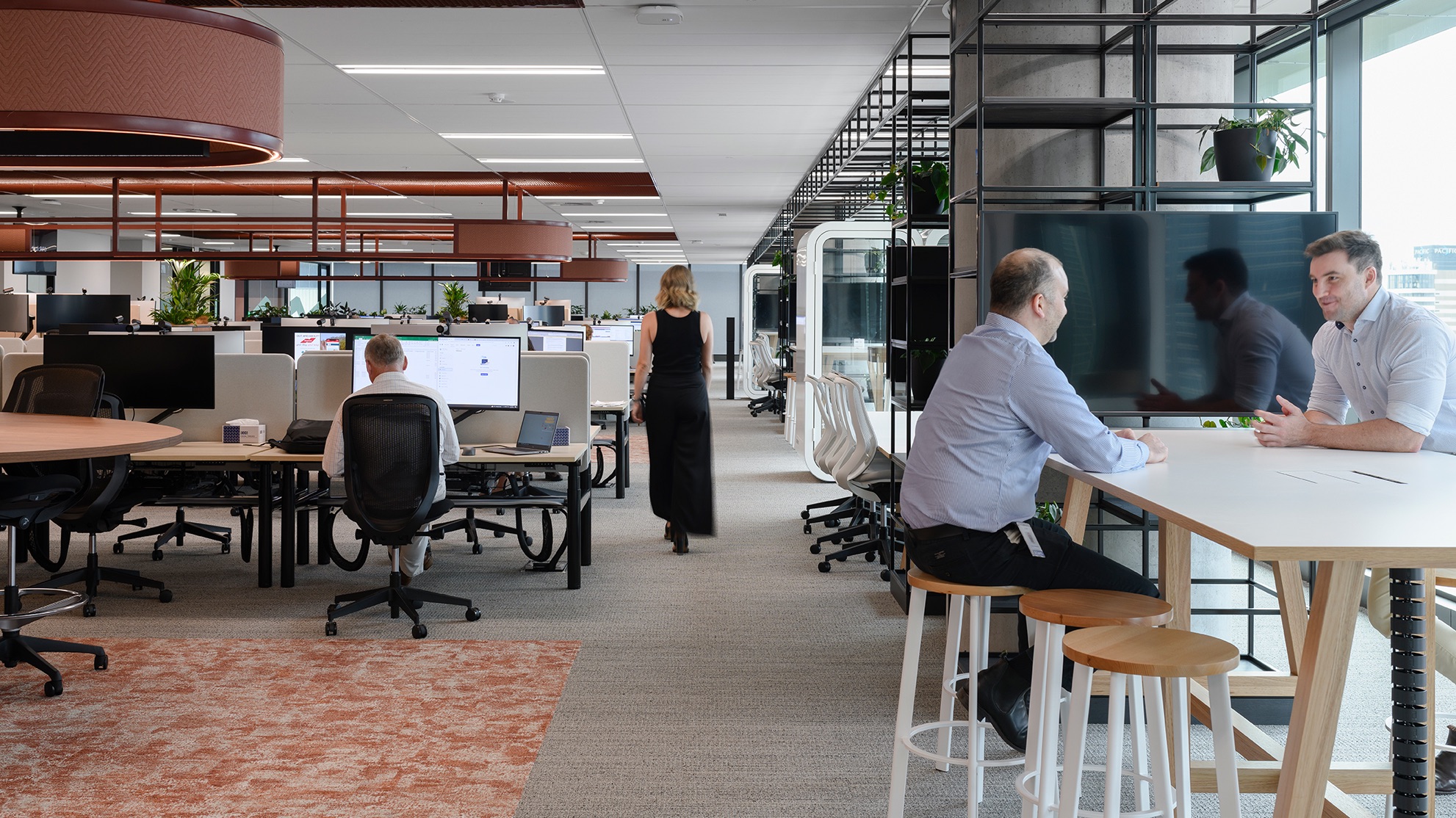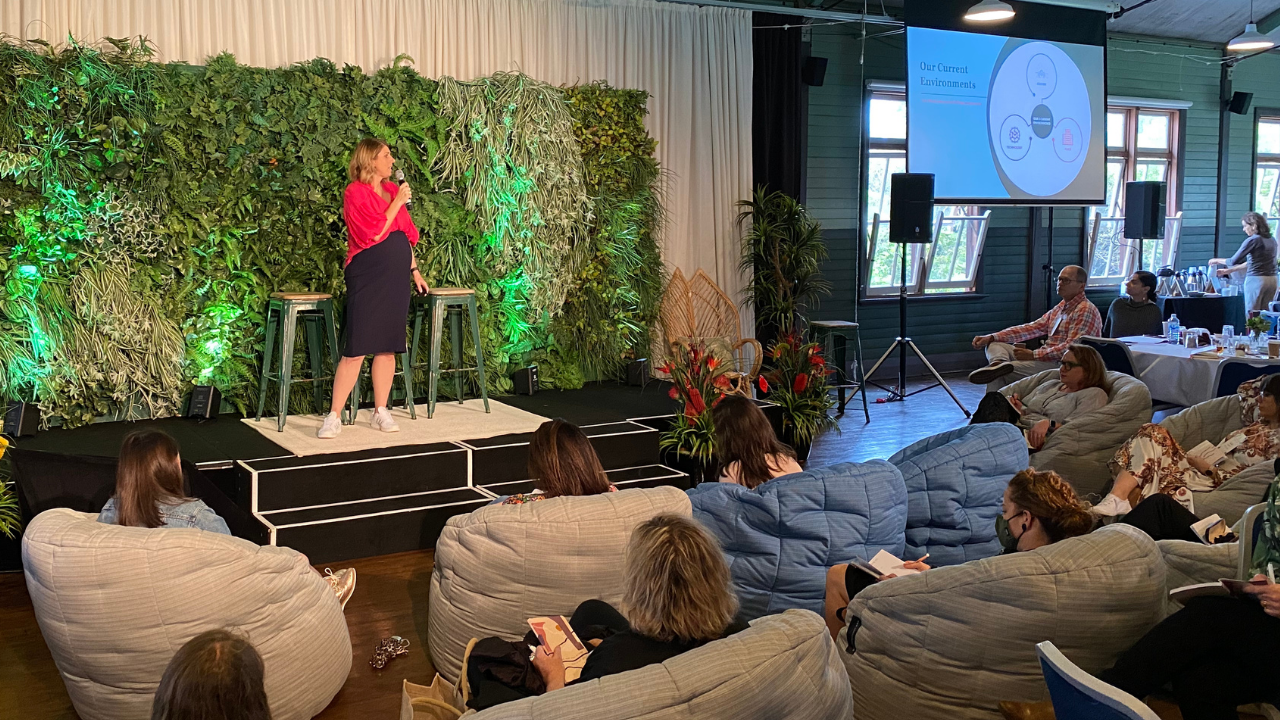Designing a Neuroinclusive Workplace

The conversation around workplace inclusivity has gained momentum in recent years, yet one critical area often leaves leadership uncertain on how to progress forward—neurodiversity. With an estimated 20% of the workforce identifying as neurodivergent, businesses have a unique opportunity to create environments that not only support these employees but also unlock greater innovation, engagement, and productivity across the board.
What is Neurodiversity?
Neurodiversity refers to the natural variation in human brain function, encompassing conditions such as ADHD, autism, dyslexia, and more. Just as biodiversity strengthens ecosystems, neurodiversity enriches workplaces by bringing diverse perspectives, problem-solving abilities, and creativity. However, traditional office setups often fail to accommodate different cognitive needs, leading to unnecessary stress and reduced performance for neurodivergent employees.
The Business Case for Designing Inclusive Workplaces
Supporting n...
The Hybrid Work Balancing Act: Can we rehumanise the workplace and still work remotely?

Can we rehumanise the workplace and still work remotely?
First published on COMUNiTI, October 2023
Many organisations continue to question their position on hybrid work. And it’s understandable, given that it’s such a multifaceted challenge.
On one hand, leaders are thinking about what’s best for the business:
🧐 Are people productive when they work at home?
🧐 What does hybrid work mean for our investment in office space?
🧐 If people don’t work from the office full-time, should they still ‘own’ a desk?
And on the other hand, they’re considering what’s best for employees:
🤔 If we introduce a ‘number of in-office days’ policy, does it erode trust and trigger turnover?
🤔 How do we balance the need for individual flexibility and team connection?
🤔 What impact is hybrid work having on culture?
As they ponder these questions and more, they often ask COMUNiTI for our insights. And while there’s no one-size-fits-all answer, we do believe that humanising the approach to h...
Trend Spotting: Psychosocial risks and workplace dynamics in the post-pandemic world

Down the East Coast of Australia and in the West, I’ve had some really interesting conversations with business leaders lately, as we navigate the workplace dynamics that are emerging in our post-pandemic world.
Here are two trends that I’m observing, and they are consuming many workplace strategy conversations right now, particularly as organisations are acutely focused on managing psychosocial risks.
Workplace Dynamic #1: Digital collaboration continues, but IRL
What’s happening?
Meetings are continuing to happen on Teams or Zoom, despite the fact that all the people who need to be at the meeting are in the same office. That’s right! People are logging onto digital platforms with their noise-canceling headphones to collaborate when they might be sitting just a couple of seats or rows away from each other.
Why it’s happening
When I dig into this dynamic, teams tell me that it’s driven by two key things:
-
Firstly, office noise. Their pre-COVID open-plan office isn’t desig...
The First Step Most Businesses Miss, When Designing The Next Workplace

Businesses often jump-start a workplace redesign by looking at the immediate problem.
They are looking at the fact that they are running out of space, or that they've got too much space, or that their space is no longer serving them and the company. It's no longer facilitating the way that they need to engage and create work, And with many employees no longer people even coming into the office, this is creating new and different challenges for many organisations.
“Businesses are missing this very first critical step in understanding how their organisation functions and what they need to do, in order to create their next workplace. What's happening, is that they are not taking that bigger view.”
As businesses begin to plan for their next workplace, there are key factors that they often miss. Three of these factors include considering what their future looks like, understanding where they are right now, and bringing a team together that is going to help them get there.
To avoid...
Creating Thriving Workplaces in 2022!

WOW! I can’t tell you how wonderful it is to be back in a room filled with such passionate, kind and enlightened people working to do good in their organisations.
I’ve been in Sydney this past week at the annual Thriving Workplace event hosted by Sophie & Claire from The Serenity Collective.
This is NOT your typical “conference”. This is a community of people having deep, meaningful and life changing conversations on the future of work and our responsibilities as leaders to create the change from the inside out.
In true heartfelt connection to the people in the room and the ground that we stood upon, we were warmly welcomed with a beautiful traditional ochre ceremony, by Susan Moylan-Coombs. This ceremony invited us to;
- consciously reflect on our connection to one another;
- to be open to the ways and beliefs of others;
- to listen with the intention of hearing;
- and to speak words of kindness and wisdom.
A powerful way to open what was a deep 2 days of sharing ide...
What Your Workplace Design Says About Your Culture & Values

Design creates culture. Culture shapes values. Values determine the future. – Robert L Peters
Purpose-driven organisations are understanding the power their workplace has in communicating their intentions and impact, creating thriving workplaces. The ability to communicate this purpose lies within the organisation’s existing business intelligence; its values and strategy. This intelligence, forms the foundations for the functional planning and aesthetics of the workplace, influencing the behaviours that instill this greater purpose.
Organisational values can be much more than the words that get stuck up on the wall. Typically, these values are informed by the brand story of the business and show up through the behaviours of its people. A brand story is not just the logo and the suite of colours, it’s the narrative that illustrates the history of the business, where they came from, who they are, what they do and what they stand for.

The communication of this brand sto...

